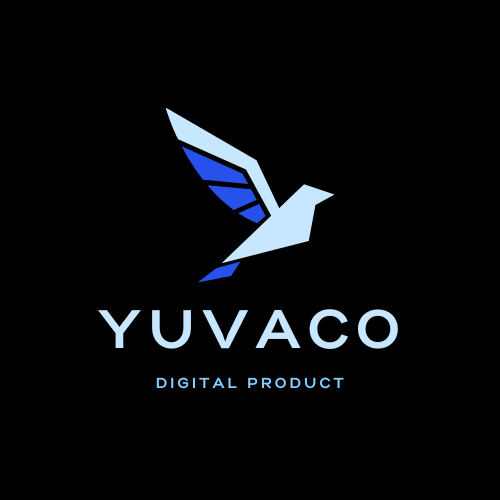
Agile product management is an iterative and customer-centric approach to product development that prioritizes collaboration, flexibility, and continuous improvement. It involves breaking down the product development process into smaller, manageable increments called “sprints” or “iterations,” during which cross-functional teams work collaboratively to deliver value to customers. Here’s an explanation of Agile product management methodologies and their benefits:
1. Scrum:
Scrum is one of the most widely used Agile methodologies. It involves dividing the product development process into time-boxed iterations known as “sprints,” typically lasting two to four weeks. During each sprint, a cross-functional team collaborates to deliver a potentially shippable product increment. Scrum includes daily stand-up meetings, sprint planning, sprint review, and sprint retrospective to enhance communication and adaptability.
2. Kanban:
Kanban is another popular Agile methodology that emphasizes visualizing work items on a Kanban board and managing the flow of work. It does not involve fixed-length iterations like Scrum. Instead, work items move through different stages on the Kanban board, representing their progress from backlog to completion. Kanban offers a flexible and adaptive approach, making it suitable for teams with varying workloads and continuous delivery.
Benefits of Agile Product Management Methodologies:
1. Customer-Centric Approach:
Agile methodologies prioritize customer feedback and involvement throughout the development process. Regular iterations and customer testing ensure that products meet customer needs and are aligned with their preferences.
2. Flexibility and Adaptability:
Agile allows teams to adapt quickly to changing market conditions, customer feedback, or emerging requirements. It enables them to pivot their strategies and respond promptly to new opportunities or challenges.
3. Faster Time-to-Market:
By breaking down development into smaller iterations, Agile methodologies facilitate quicker releases of product increments. This shorter time-to-market allows businesses to get valuable features to customers faster and gain a competitive advantage.
4. Continuous Improvement:
Regular retrospectives in Agile methodologies promote a culture of continuous improvement. Teams identify areas for enhancement, learn from their experiences, and implement improvements in subsequent iterations.
5. Enhanced Collaboration:
Agile promotes close collaboration between cross-functional teams, breaking down silos between departments. This fosters better communication, knowledge sharing, and collective ownership of project outcomes.
6. Risk Mitigation:
Agile methodologies mitigate risks through frequent feedback loops and early identification of potential issues. By addressing risks iteratively, teams can make necessary adjustments before problems escalate.
7. Increased Transparency:
Visual tools like Kanban boards in Agile methodologies provide transparency into work progress, enabling stakeholders to have a clear view of project status and potential bottlenecks.
8. Empowered Teams:
Agile empowers teams by providing them with autonomy and ownership of their work. Teams have the flexibility to self-organize and make decisions that best suit their goals and customer needs.
9. Focus on Value Delivery:
Agile methodologies prioritize delivering value to customers continuously. This approach helps ensure that each iteration results in tangible outcomes and customer satisfaction.
Agile product management methodologies revolutionize the way products are developed, allowing teams to be more responsive, customer-focused, and collaborative. By embracing Agile, organizations can streamline their product development process, improve time-to-market, mitigate risks, and ultimately deliver innovative and customer-centric solutions that drive business success.

Leave a Reply